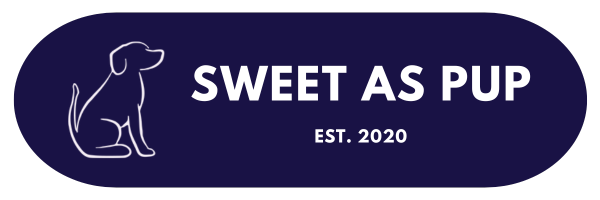Can Dogs Learn Sign Language? (Spoiler: Yes!)

It’s New Zealand Sign Language (NZSL) Week — a celebration of communication, connection, and inclusivity. While we usually focus on how we as humans interact using visual language, it’s also a great time to spotlight our pups and the surprising ways they understand us — especially when we’re not saying a word. That’s right: dogs are brilliant at reading our body language and can be taught sign-based commands. Whether you're training a dog with hearing loss, want to reduce noise, or simply explore a new way to connect, teaching your dog hand signals is not only possible — it’s incredibly effective.
Dogs already speak fluent body language
Before you even teach a hand signal, your dog is already watching your every move. Dogs are naturally attuned to body cues — from where your eyes are looking, to the way you reach for a lead, or tilt your head. This is why training with visual signals can sometimes feel even easier than using verbal cues. Incorporating hand signs into your training taps into a communication style your dog instinctively understands.
Why use hand signals in dog training?
There are loads of reasons why hand signals are useful. They’re ideal for dogs who are deaf or hard of hearing, but they’re just as helpful for everyday training. Using hand cues reduces noise and can be especially beneficial in busy or loud environments like dog parks or cafes. They’re also great for reinforcing calm, clear communication and help your dog focus on you. Plus — let’s be honest — teaching your dog silent commands is also pretty cool.
Easy signs to start with
Start with basic cues your dog may already know, like sit, stay, come, or down. You can use gestures that feel natural to you — like a flat hand for "stay" or pointing to the ground for "down" — and be consistent with both the gesture and the reward. Once your dog learns the association between your movement and the outcome, you’ll be amazed how quickly they respond. Be patient, keep it fun, and don’t forget the treats!
New Zealand Sign Language Week reminds us that communication comes in many forms. Teaching your dog to understand hand signals strengthens your bond and helps them feel secure and understood. It’s also a beautiful way to celebrate inclusivity and show that language — whether signed, spoken, or wagged — is about connection.
